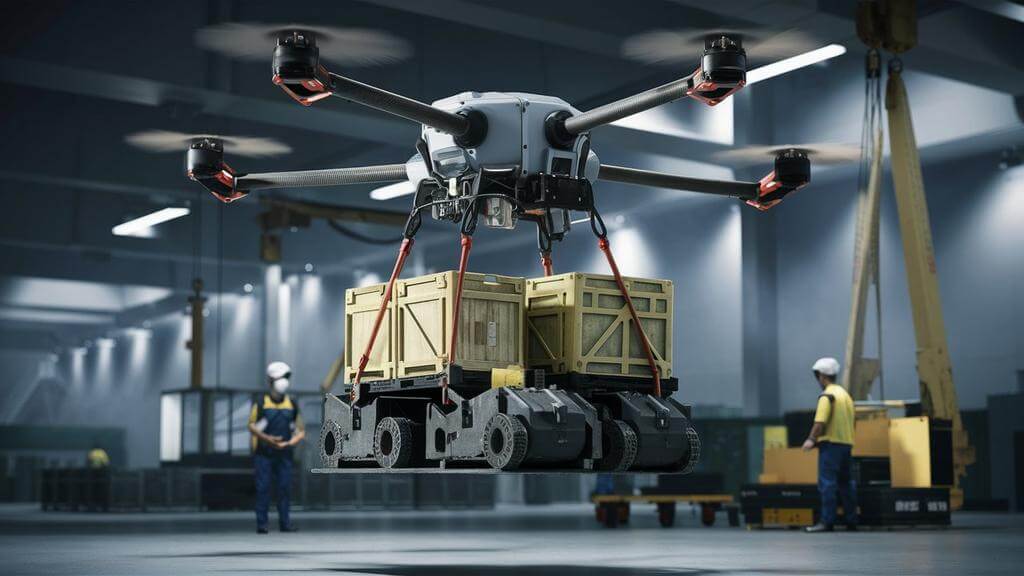When it comes to heavy-lift drones, two major designs dominate the industry: VTOL (Vertical Take-Off and Landing) drones and multirotor lifting drones. Both have unique strengths, but which one is right for your application? Let’s break it down.
What Are VTOL and Multirotor Lifting Drone?
– VTOL Drones: These hybrids combine fixed-wing efficiency with vertical takeoff and landing capabilities. They transition from hovering like a multirotor to flying like an airplane.
– Multirotor Drones: These rely solely on multiple rotors (usually 4, 6, or 8) for lift and stability, excelling in precision hovering but with limited endurance.
Key Differences: Performance & Use Cases
1. Flight Efficiency & Endurance
– VTOL: Superior for long-range missions (up to 2-3 hours) due to aerodynamic efficiency.
– Multirotor: Typically limited to 20-40 minutes due to high power consumption.
2. Payload Capacity
– VTOL: Can carry heavier payloads (10-50kg+) but may require a runway for optimal performance.
– Multirotor: Better for smaller, high-precision payloads (5-20kg) with instant hovering.
3. Operational Flexibility
– VTOL: Ideal for mapping, surveillance, and long-distance cargo.
– Multirotor: Perfect for inspections, cinematography, and short-range deliveries.
4. Cost & Complexity
– VTOL: Higher initial cost but lower operational costs over time.
– Multirotor: Cheaper upfront but may require frequent battery swaps.
Which One Should You Choose?
– Go VTOL if: You need long flight times, heavy payloads, and large-area coverage.
– Go Multirotor if: You require precise hovering, quick deployment, and shorter missions.
Both VTOL and multirotor lifting drones have their place in the UAV ecosystem. Your choice depends on mission requirements—whether it’s endurance, payload, or maneuverability that matters most.

